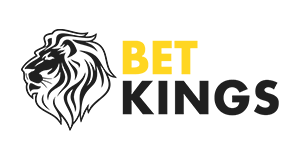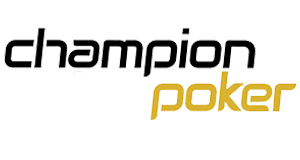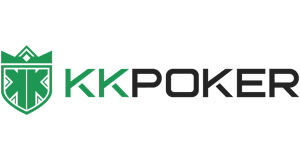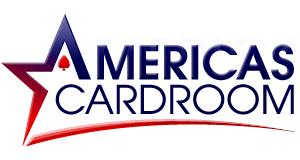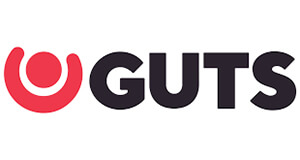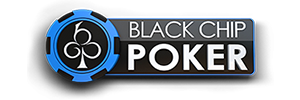Microstakes and lowstakes players often lament facing big raises with hands that look pretty.
By this I mean the top pair good kicker hands, weaker two pairs, sets on straight/flush boards.
Truthfully, most players below midstakes could improve their winrate by finding more folds with these hands.
When to make hero folds against big raises
Generally, when facing big raises I think you should err on the side of folding instead of calling.
Most people aren’t bluffing that wide. People are more scared to stick it in on a bad bluff than they are on a bad call. Many players have also learned that since fish don’t fold, bluffing is worse than betting.
Balugawhale is a popular poker coach. The Baluga Theorem states that “you should strongly re-evaluate the strength of one-pair hands facing a raise on the turn”. Paraphrased, it means “turn raises are often the nuts”. Why are turn raises scarier than flop raises?
- Draws, the main bluffing hands, can get it in with more equity on the flop making big flop raises more attractive than big turn raises
- People in general tend to play more conservative when more money (turn vs flop) is in the pot
- Turn cards tend to make nutty hands like sets fear more against being outdrawn, prompting raises for value
Example: You open to 3bb in the MP and your opponent calls in the BB. You hold:

The flop and turn come:

On the flop, you continuation bet 4bb into 6bb and get called. On the turn, you bet 10bb into 14bb and get raised to 30bb.
Here are my thoughts:
- You need to bet this turn because you want value from weaker aces, gutshot draws, and backdoor flush draws
- Gutshot flush draws with an 8 now are blocked, plus these now have showdown value
- You block KQ and QJ as well as Ax of clubs
- Weaker aces and Tx will never put in big raises on this turn for value.
- Most players tend to bluff too little. It’s easy to see a set, AT, A6, T8 raising here for value because the board is looking scary.
I’m not saying this is a definite fold, but I’m saying you should strongly consider folding.
When to hero call against big raises
There are times where finding a hero call makes sense.
If your pot odds are really good, you don’t need to be right much of the time for a call to be correct. This can make sense versus smaller raises to riverbets.
Similarly, if your opponent’s line really doesn’t make sense, that’s an argument for calling. However, I want you to remember this: bad players make bad decisions. Very often, a bad player turns over a misplayed hand and you wonder what the hell he was thinking. Similarly, good players sometimes make odd moves to trick you.
Another consideration is whether you are blocking the nuts.
Consider the following example. You hold:

MP Opens to 3bb, you 3bet in the button to 9bb. He calls.
The board runs out:

You cbet the pot for 12bb into ~20, he calls. You cbet the turn for 25bb into 44, he calls. He open shoves 60bb into the 94bb pot on the river.
Here are some arguments for calling:
- Your Ac blocks every nut flush draw. The Kc on the board blocks KQ, KJ, KT flush draws. That leaves QJ, QT and JT as possible club combos.
- Open shoving a Q/J high flush flush here may make no sense – your range can contain AA and KK, as well as AcQc and AcJc. Your opponent would be shoving his Q or J high flush draws into a stronger range than his. These hands would much prefer to check-call
- There are basically no 8x in your opponent’s range. If he is looser, he might hold As8s, or Ad8d. Even then, he would be blocking your AK, AQ combos and losing to AA and KK, and might want to check-call against the missed draws
- There is only 1 combo of 88 left and it may have raised by the turn. Your opponent is unlikely to hold AA or KK because he would 4bet those
- There are lots of Kx hearts, Qx hearts that block AK, KK, AQ that may shove here as a bluff.
- You are getting 2.5:1, which means you only need to be right around 28.5% of the time.
This isn’t a definite call, but you might want to consider it in this spot.
Take-home points
Think about blocker value, pot odds, and what hands your opponent can represent with his big raises. If unsure, err on the side of folding.





